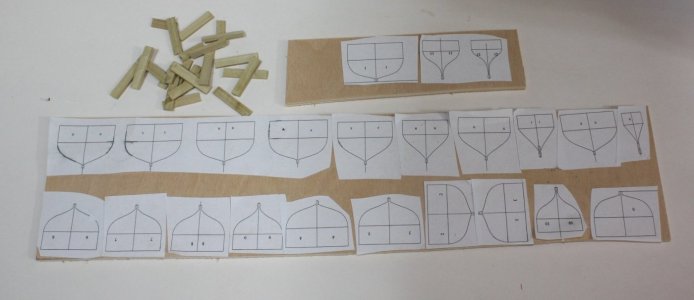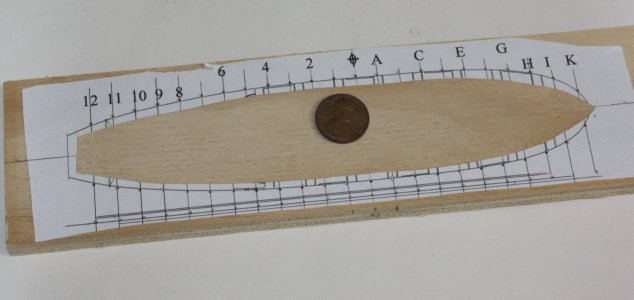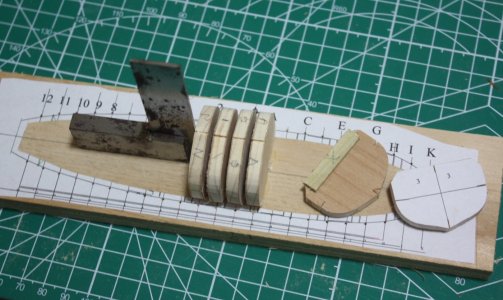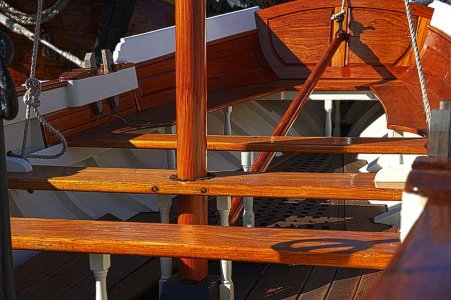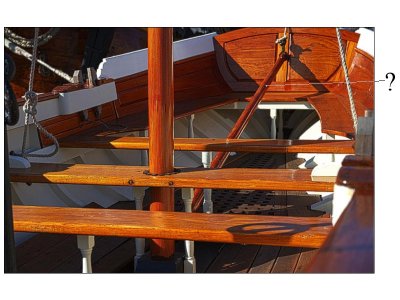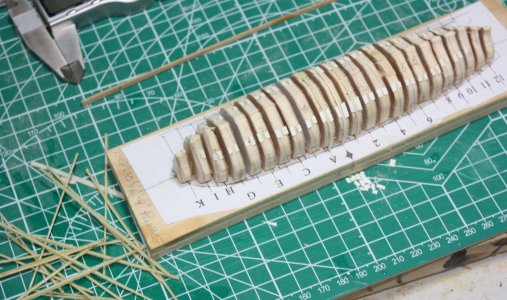The cutter project is done and the model in it's new home. Now I have a request for a pinnace and hope it will be interesting to anyone following this build.
I chose a pinnace from 1800 as the drawing is quite detailed and the scantlings were all on the drawing as well as a note which are all shown on the copy of the drawing I made. The contemporary plans from RMG that I downloaded are from the Wiki Commons site. First up was downloading it and tracing the profile and top view.
Below is the original and the redrawn version. If anyone is interested I would be happy to scale the redrawn plans to whatever is needed and send out to you. I enlarged the original plan to 1:1 for the initial tracing. For my purposes I then reduced to 1:48 which will yield a 7.5" boat (if I build it accurately ) If any mistakes are found, or questions arise please feel free to point them out.
) If any mistakes are found, or questions arise please feel free to point them out.
Allan
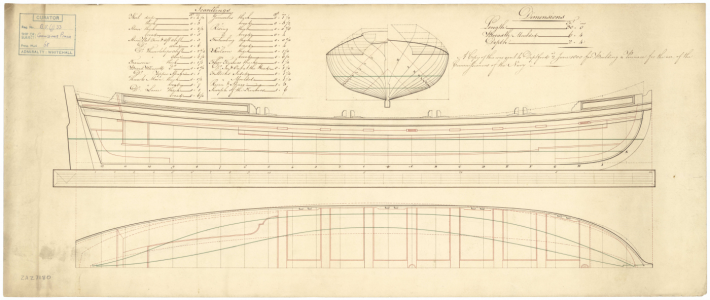
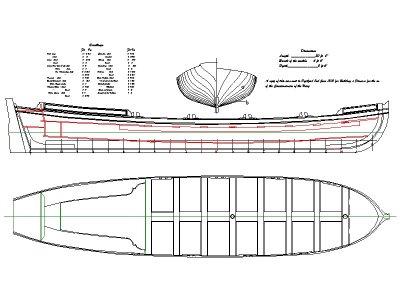
I chose a pinnace from 1800 as the drawing is quite detailed and the scantlings were all on the drawing as well as a note which are all shown on the copy of the drawing I made. The contemporary plans from RMG that I downloaded are from the Wiki Commons site. First up was downloading it and tracing the profile and top view.
Below is the original and the redrawn version. If anyone is interested I would be happy to scale the redrawn plans to whatever is needed and send out to you. I enlarged the original plan to 1:1 for the initial tracing. For my purposes I then reduced to 1:48 which will yield a 7.5" boat (if I build it accurately
Allan





